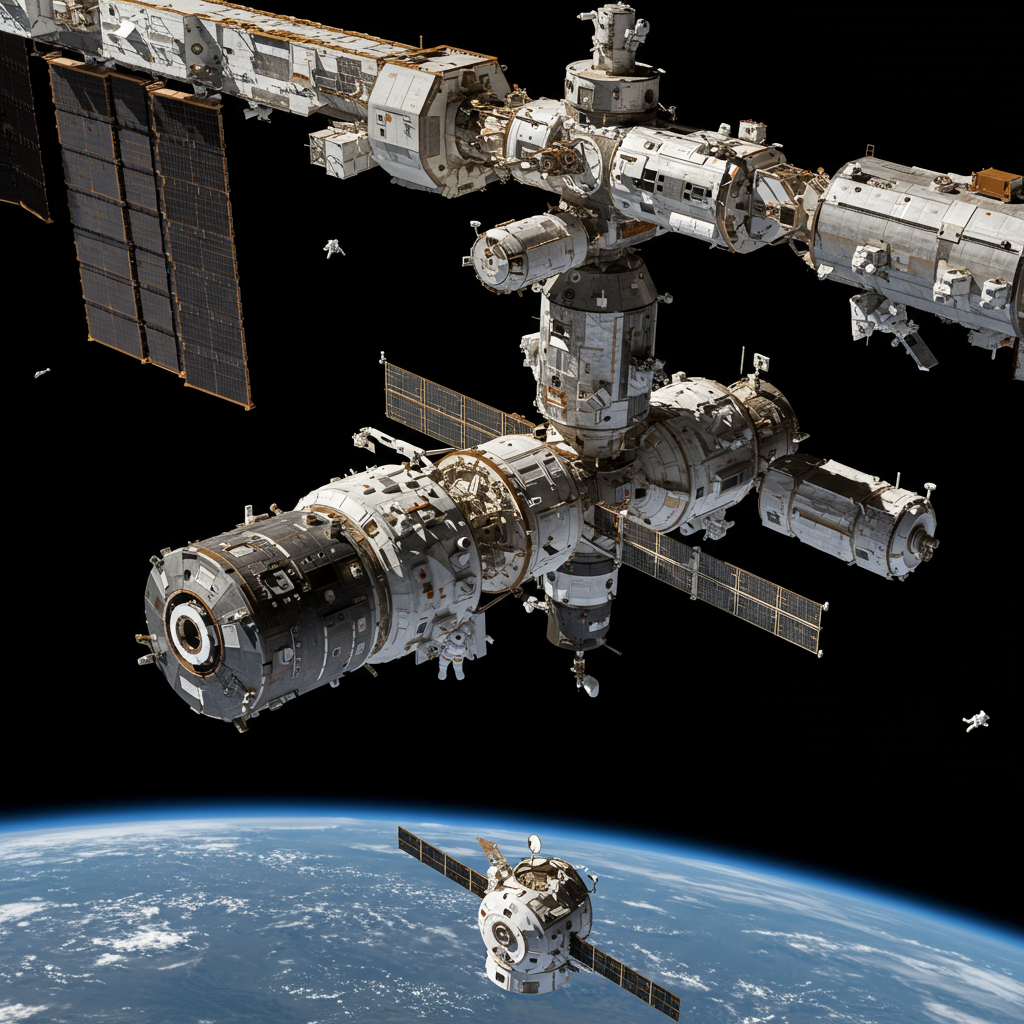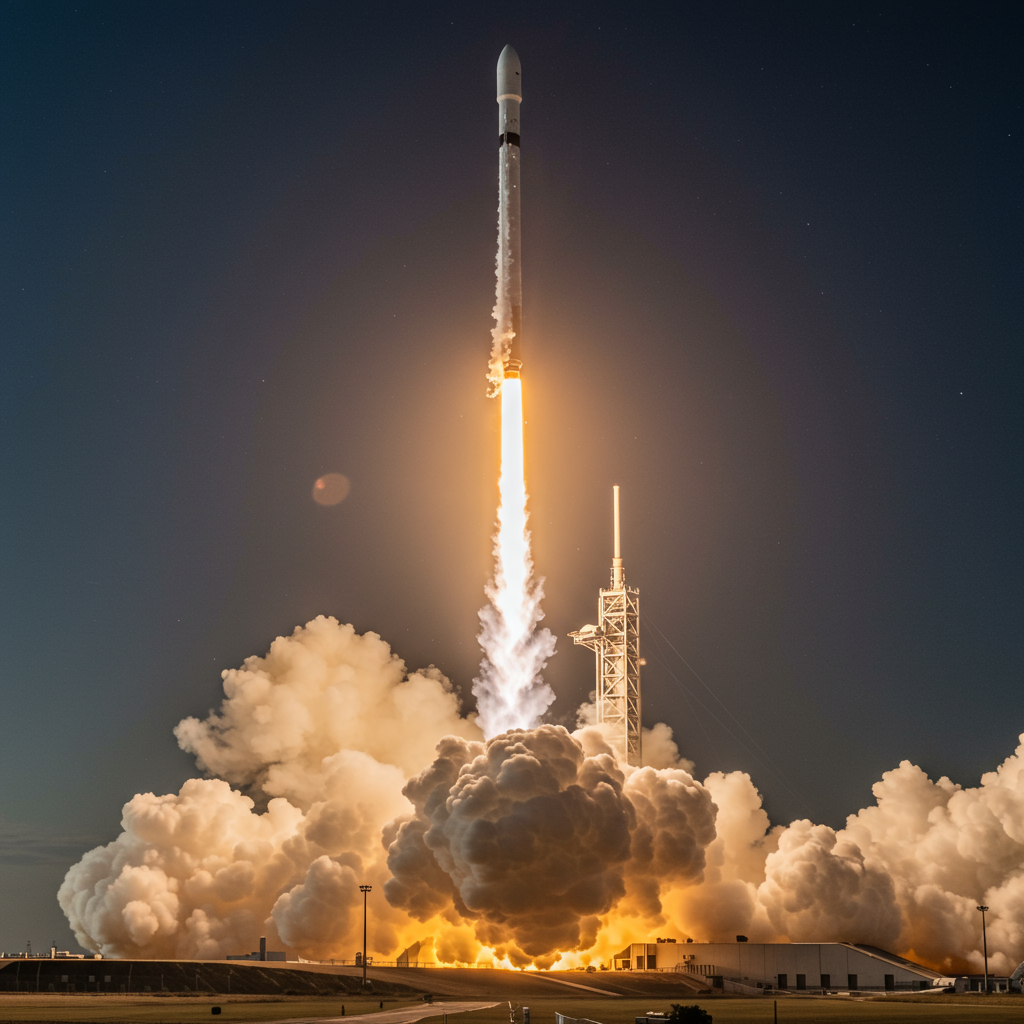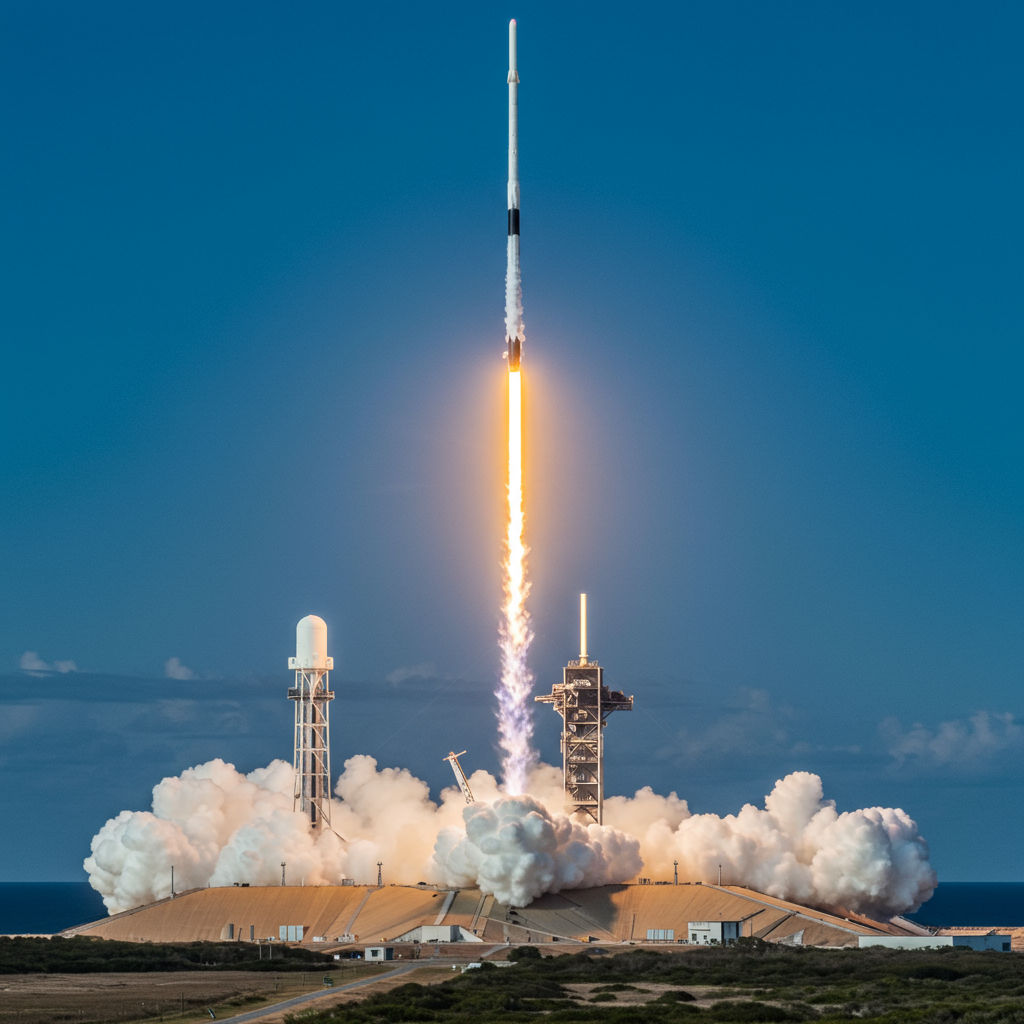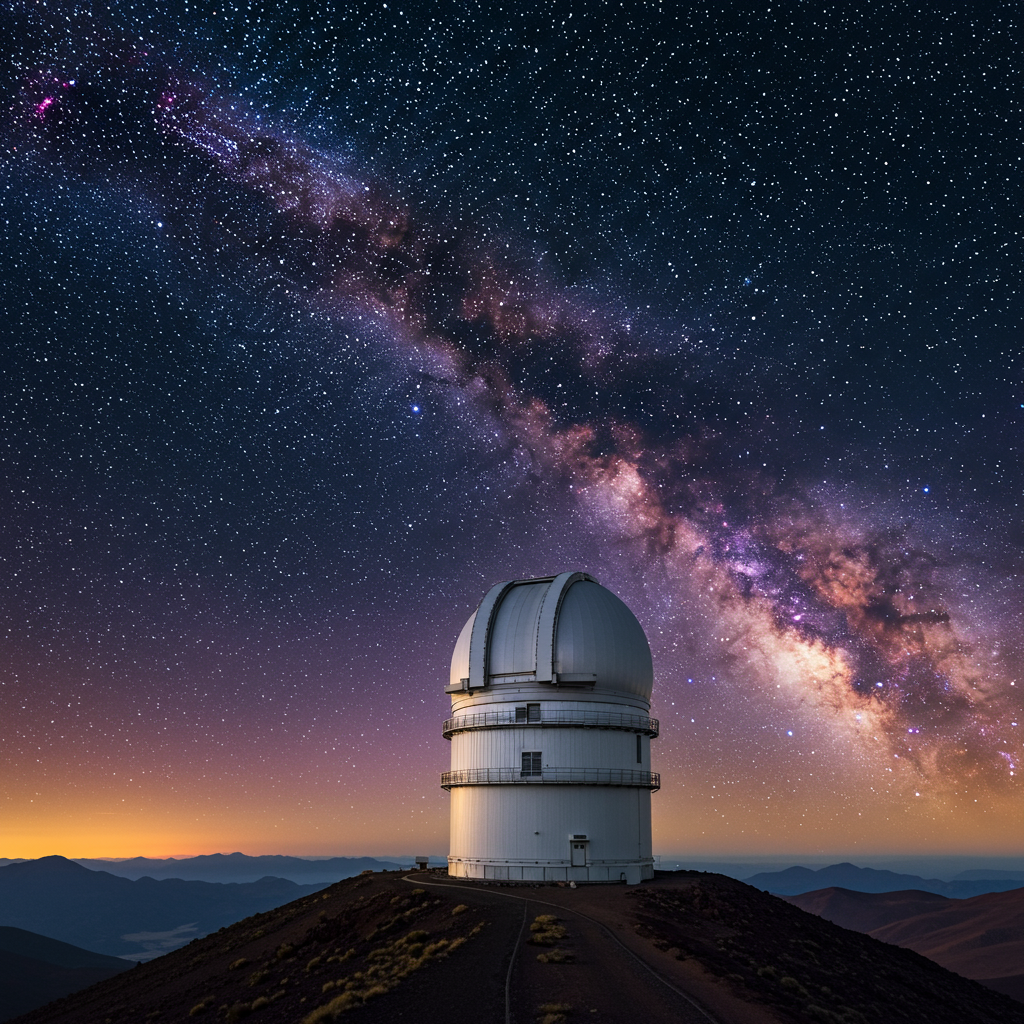The International Space station is buzzing with activity this July 2025, navigating a dynamic period of crew transitions and vital resupply missions. A Russian cargo spacecraft recently docked, joining a diverse crew of astronauts and cosmonauts, including a privately funded mission. Meanwhile, station maintenance continues, and preparations are underway for future crew arrivals and complex spacewalks. This update covers the key events unfolding aboard the orbiting laboratory right now.
Vital Cargo Reaches Orbiting Outpost
A critical resupply mission successfully launched, bringing essential supplies to the International Space Station (ISS). The Russian progress MS-31 cargo vehicle lifted off on Thursday, July 3, 2025. The launch occurred at 19:32 UTC from Site 31/6 at the Baikonur Cosmodrome in Kazakhstan. A Soyuz-2-1a rocket carried the automated spacecraft. This vehicle is on a 48-hour trajectory to the station. Docking at the Russian segment’s Poisk module is expected on July 5.
The Progress MS-31 carries a significant payload. It is loaded with 2,625 kg of cargo in total. This includes 1,205 kg of dry cargo. Food, clothing, and experiment equipment are among these supplies. The mission also delivers 950 kg of fuel for the station’s thrusters. Additionally, 420 kg of drinking water is aboard. Finally, 50 kg of nitrogen gas is included. Nitrogen helps replenish the station’s atmosphere. The ISS uses a two-gas system with oxygen and nitrogen, unlike earlier spacecraft.
Interestingly, the Soyuz rocket sported a unique look. It featured a blue and white paint scheme. This was originally planned for a commercial Glavkosmos launch. The rocket also displayed a logo. This logo commemorated the 50th anniversary of the Apollo-Soyuz mission in July 1975.
The arrival of Progress MS-31 followed a departure. The predecessor vehicle, Progress MS-29, left the station just days before. Progress MS-29 undocked from the Poisk module on Tuesday, July 1. This happened at 18:43 UTC. It had been docked to the ISS for over 220 days. Carrying trash, the spacecraft underwent a destructive reentry. It deorbited later that evening at 22:30 UTC. This departure cleared the Poisk port. NASA designates these missions differently. Progress MS-31 is Progress 92. MS-29 was Progress 90. The still-docked MS-30 is Progress 91.
A Packed House: Diverse Crews Aboard ISS
The International Space Station is currently hosting a large and international crew. A total of 11 individuals from six different nations are living and working aboard. This includes the standard resident crew and a recently arrived private astronaut mission. The presence of the Axiom Mission 4 (Ax-4) crew adds to the station’s busy schedule.
The Axiom Mission 4 crew arrived on June 26. They flew aboard the Crew Dragon spacecraft Grace. Ax-4 launched on June 25 at 06:31 UTC. Docking occurred at the Harmony module’s zenith port at 10:31 UTC. The Ax-4 team includes Commander Peggy Whitson. She is a former NASA astronaut. Shubhanshu Shukla is an Indian astronaut. Slawosz Uznanski-Wisniewski represents Poland and ESA. Tibor Kapu is from Hungary. This private crew will spend two to three weeks conducting experiments. They are working alongside the Expedition 73 crew members.
The resident Expedition 73 crew arrived earlier this year. This includes members from Crew-10 and Soyuz MS-27. The Crew-10 mission launched on March 16. They flew aboard Crew Dragon Endurance. This spacecraft is docked at the forward port of the Harmony module. The Crew-10 members are NASA astronauts Anne McClain and Nichole Ayers, JAXA astronaut Takuya Onishi, and Roscosmos cosmonaut Kirill Peskov. They have been aboard since March and are expected to return to Earth in about a month.
The Soyuz MS-27 crew joined the station on April 8. This mission includes NASA astronaut Jonny Kim, and Roscosmos cosmonauts Sergey Ryzhikov and Alexey Zubritsky. Their mission is scheduled to last until December. Roscosmos has shifted its crew rotation strategy. Astronauts will now stay for eight months instead of six. This change means Soyuz missions will launch three times every two years. Previously, they launched twice a year.
Science and Maintenance Keep Crew Busy
Despite the crew transitions and vehicle traffic, scientific research and station maintenance continue actively. The 11 crew members are engaged in a wide range of experiments. Recent science focuses on human health in space. Researchers are studying blood flow in the brain under microgravity conditions. They are also investigating brain activity for potential brain-computer interfaces. High-resolution scans are being performed. This includes detailed eye and optic nerve scans. Vision degradation is a known side effect of long space stays. Scientists are exploring countermeasures. One area of research involves using vitamin B supplements to protect astronaut vision.
Other ongoing experiments are diverse. The crew is testing electrical muscle stimulation. This could supplement exercise routines in microgravity. They are also conducting hyperspectral imagery. This involves capturing detailed images of landmarks in Mexico and Central America. Many other experiments are underway across various disciplines.
Maintenance tasks are also crucial. Extravehicular Activities (EVAs), or spacewalks, are a regular part of station upkeep. NASA astronauts Anne McClain and Nichole Ayers completed EVA-93 on May 1. They are scheduled for another spacewalk, EVA-94, before returning home. EVA-94 does not currently have a firm date. It aims to complete tasks from EVA-93. The main goal is installing telescoping booms. These are for the ISS Roll Out Solar Array modification kit. This kit is attached to the 2B side of the P4 port truss.
Completing Spacewalk Objectives
EVA-94 has several objectives to finalize station upgrades and repairs. Besides the solar array booms, other tasks are planned. These include removing “H” fixtures on the S6 starboard truss. The crew will also replace Camera 9. This camera will then be brought back inside the station. Replacing a light fixture is another task. They will also install a router. Finally, installing a DC to DC converter unit jumper cable is scheduled.
Navigating Technical Challenges and Program Future
The International Space Station program faces ongoing technical and political considerations. One notable concern is the condition of the Russian segment. Cracks and pressure leaks have been identified. These issues are located near the Zvezda module’s aft docking port. If these problems worsen, Roscosmos may need to seal off the port. This would prevent its future use by visiting vehicles. These leaks have already caused delays. The launch of the Axiom Mission 4, for example, was partly impacted by these concerns.
Looking ahead, the next scheduled crewed flight is Crew-11. It is expected to launch no earlier than late July. This launch will occur after the Axiom Mission 4 departs the station. Crew-11 will fly aboard Crew Dragon Endeavour. This spacecraft was the first Crew Dragon to carry astronauts. The Crew-11 commander is NASA astronaut Zena Cardman. This is her first space mission. NASA astronaut Mike Fincke will serve as pilot. This marks his fourth spaceflight. The mission specialists are JAXA’s Kimiya Yui and Roscosmos’ Oleg Platonov. This is Yui’s second flight and Platonov’s first. Crew-11 will conduct a handover period. They will replace the outgoing Crew-10 members. Crew-10 will then return to Earth. Their landing will be a splashdown off the US West Coast.
Beyond the immediate schedule, the long-term future of the ISS is under discussion. In the United States, NASA budget deliberations are ongoing in Congress. These discussions could potentially impact the program. Cuts to research activities or crew visits are a possibility in the coming years. The ISS is entering its final phase. The station is currently scheduled for deorbit. This is planned for the 2030-2031 timeframe. Navigating these technical issues and political considerations is crucial for the station’s operations.
Frequently Asked Questions
What is the primary purpose of the Progress MS-31 cargo mission?
The Progress MS-31 mission is a vital resupply flight to the International Space Station. Launched on July 3, 2025, it delivers over 2,600 kg of essential cargo. This includes dry goods like food and experiment equipment, fuel for propulsion, drinking water, and nitrogen to maintain the station’s atmosphere. It ensures the crew has necessary provisions and materials for ongoing operations and research.
How many crew members are currently aboard the ISS and who are they?
As of early July 2025, there are 11 crew members from six nations aboard the ISS. This includes the Expedition 73 resident crew from the Crew-10 (Anne McClain, Nichole Ayers, Takuya Onishi, Kirill Peskov) and Soyuz MS-27 (Jonny Kim, Sergey Ryzhikov, Alexey Zubritsky) missions, plus the four visiting private astronauts from Axiom Mission 4 (Peggy Whitson, Shubhanshu Shukla, Slawosz Uznanski-Wisniewski, Tibor Kapu).
What maintenance issues are affecting the International Space Station?
The Russian segment of the ISS is currently experiencing technical issues. Cracks and pressure leaks have been detected near the aft docking port of the Zvezda service module. These issues are being monitored closely by Roscosmos. If they worsen, the port may need to be sealed, which could affect future vehicle dockings. These leaks were also cited as a contributing factor to delays for the Axiom Mission 4 launch.
Conclusion
The International Space Station remains a hub of scientific discovery and international cooperation. The successful launch and upcoming docking of Progress MS-31 ensure the crew has the resources needed to continue their work. With a unique blend of government astronauts and private citizens aboard, the station showcases the evolving landscape of spaceflight. Despite facing technical challenges like the Zvezda module leaks and navigating future program uncertainties, the dedicated crew presses forward with critical research and maintenance. The upcoming spacewalks and crew handovers highlight the continuous cycle of operations required to keep this orbiting laboratory functioning in its final decade. Stay tuned for more updates from orbit.




